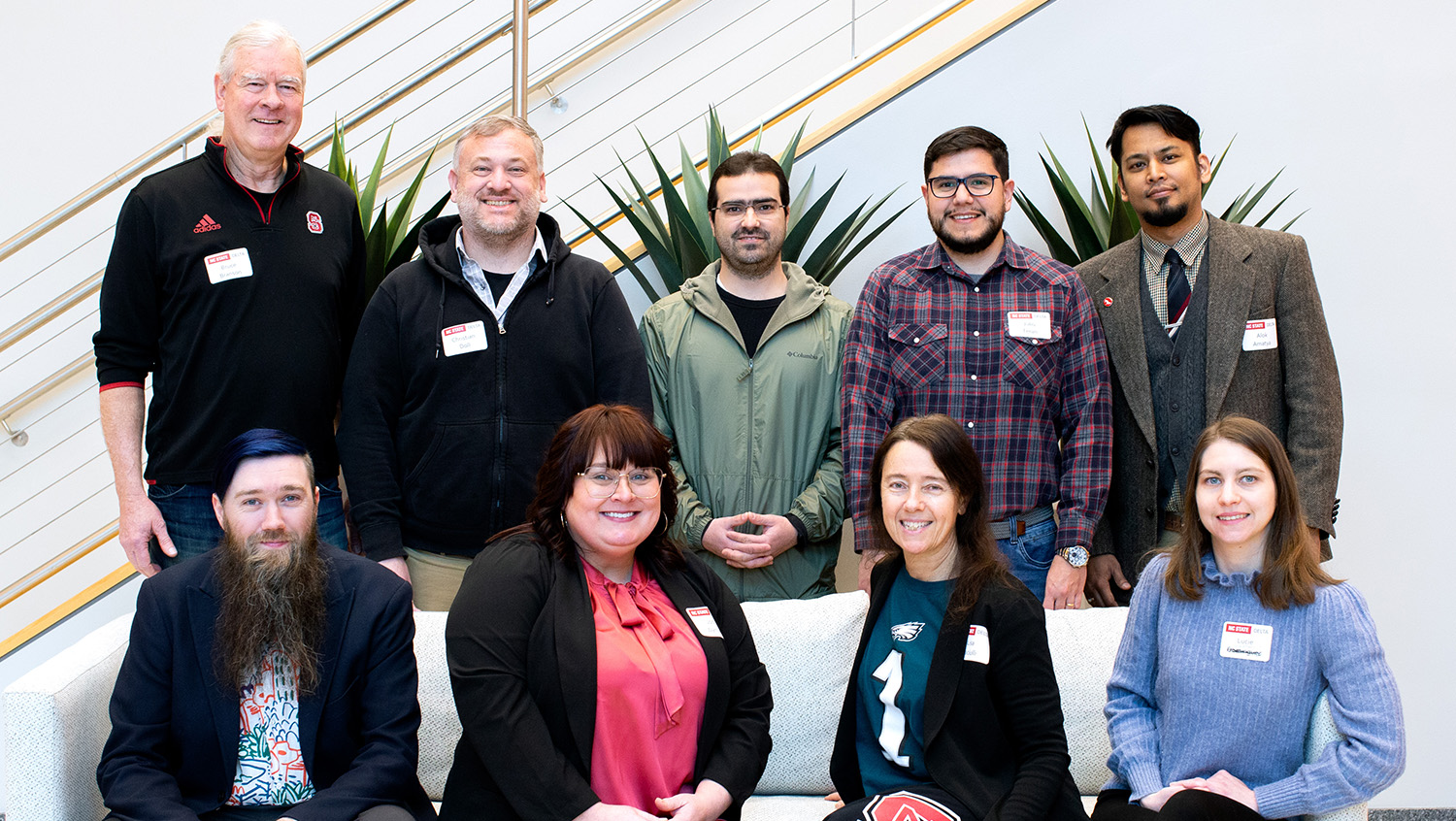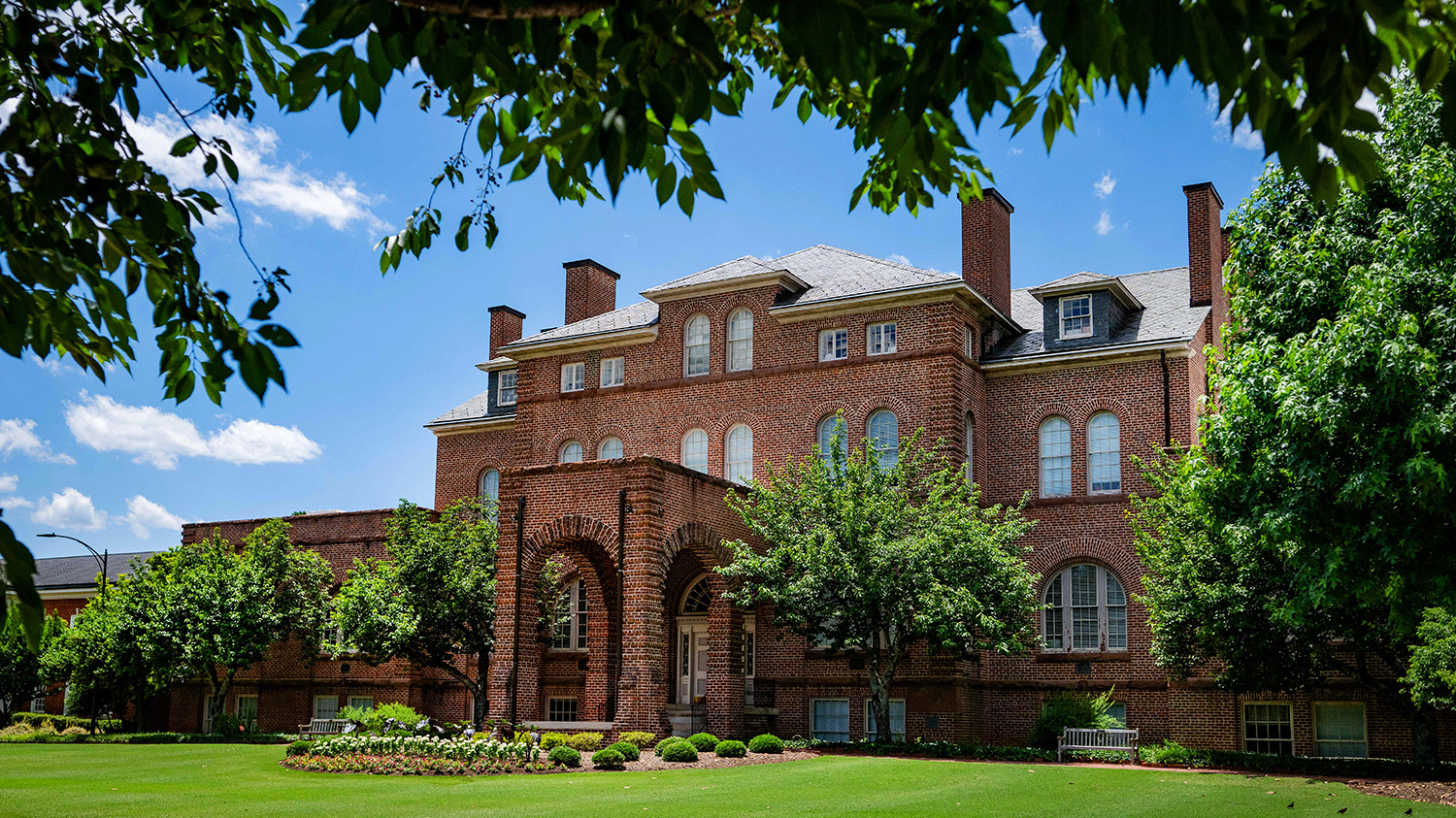East Coast Game Conference 2015
A number of DELToids attended this year’s East Coast Game Conference (opens in new window) and captured their thoughts and impressions of the different sessions, speakers, and tech!
Cathi Dunnagan
“I need a weapon!” I shouted out loud as my first immersive experience built to its climax. Heart-pounding, I turned and twisted around to avoid flying rock and shrapnel in the chaotic street scene surrounding me. Sounds all around. An explosion threw a car into the air to my left.
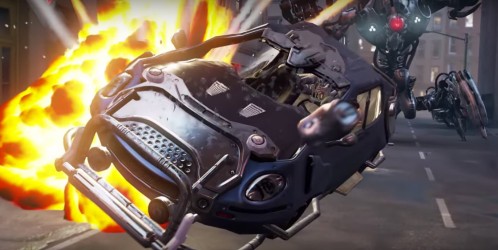
Kneeling down, I looked up and into the flipping car to check the passengers’ reactions. I could see beneath the car to the buildings beyond. A sound—reminiscent of Tyrannosaurus Rex footfalls—pounding closer, closer. THERE! Right in front of me—Alien Attacker! Without a weapon in hand, I performed a tai chi parry and punch. The scene fades to black. The surround-sound stops and the real world resumes as I remove the headset, leaving the highly energized environment of the Virtual Reality experience. Looking around, I’m a bit dazed at the subdued sound and simple movements of the conference crowd passing by. First time VR experience, totally hooked! Now I want to figure out how to produce experiences for this technology. How to adapt and apply VR to education.
Chrissie Van Hoever
My favorite sessions at ECGC were Designing Achievements that Matter and The Raleigh Digital Connectors.
I have always loved games—computer games, board games, whatever—but I have never thought deeply about achievements in a game and how those can translate to improving a learning experience. In the session, Designing Achievements that Matter, Lucas Blair of Little Bird Games shared questions he asks himself when designing achievements that enhance player performance, self-efficacy, and motivation. Questions about everything from “How is an achievement earned?” and “How many are there?” to “Do you earn it independently or in a group?” and “Are they expected or unexpected?” These questions serve as a starting point, helping to define the structure and purpose of the achievements. It was a great presentation— well-organized and full of ideas for incorporating achievements into serious gaming. At DELTA, I am currently working on a couple projects that are incorporating the gamification module in Moodle and am looking forward to exploring how to use achievements to improve the student experience.
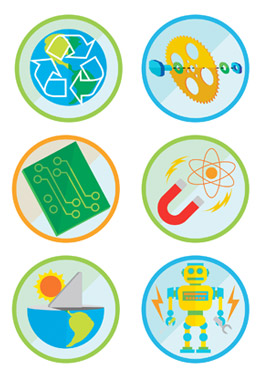
The Raleigh Digital Connectors presented by Brittney Cofield-Poole, Raleigh Community Outreach Specialist, and students of the Raleigh Digital Connectors, was a Q&A session with students who were current participants in the program. This training program is for youth, ages 14–21, designed to provide technology (coding, open data projects, digital media, 3D printing—they do a little of everything) and leadership skills while serving their community. The students shared some of their experiences in the program and how the program has impacted their perspective on technology and computer science. They talked about how they want to use technology to solve problems, that this experience empowered them by giving them a voice in their community, and that they want to use serious gaming to improve learning experiences. Before this session, I had never heard of the Raleigh Digital Connectors and I left excited to know that this incredible program is supporting these young students to learn and leverage technology so they can make positive impacts in our community.
Ben Huckaby
When going to a game development conference I can honestly say that the things I was expecting to be my main takeaways were more along the lines of what technologies were the most popular in making games at the moment, what the latest titles to look for were, and plenty of behind-the-scenes art and programming tricks to bring ideas to life. Sure, ECGC had plenty of all of those, but what really stuck with me were the lessons on work culture and team building.
My two favorite sessions from the entire conference where Technical Design Specialization by Randy Nash from Volition and We’re All A Bunch of Quitters! by a group of people from the Raleigh-based Boss Key Productions, Inc.
The former was actually about a brand new role that the game studio had created to support the entire production process by fostering communication, process streamlining, support, and employee engagement and satisfaction with their work to produce a stronger work environment and end product. The successes and failures that they detailed for communication, pipelines, and planning for future development are too detailed to get into in this summary but I felt that there were many valuable lessons here that we could use at DELTA to make our own process and environment even better.
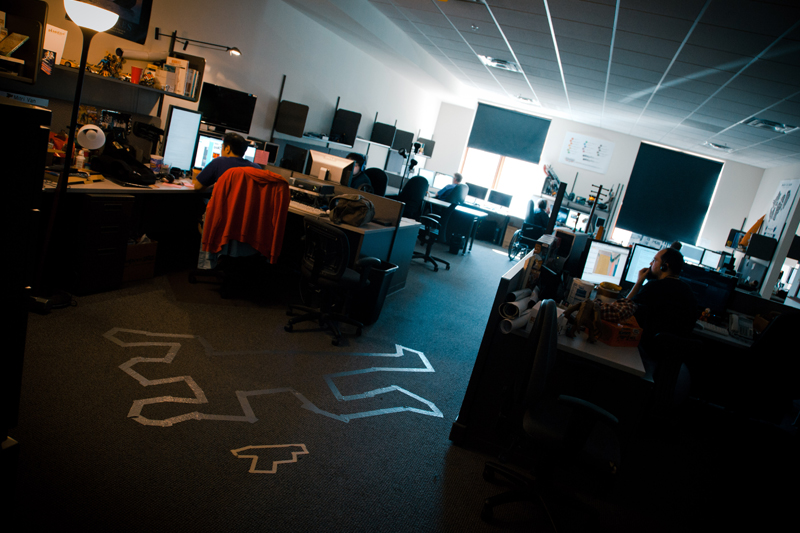
The Boss Key session focused on the importance of the work environment and how complacency and lack of innovation are harmful to it. Each of the four presenters had prestigious jobs with the game industry’s top studios, but they up and left them for a small Raleigh startup (Boss Key) because their previous positions were not pushing them to grow and it did not feel meaningful. As a result they find more enjoyment and engagement with their work, with their studio, and with the products they produce and the resulting quality shows this. Again, I feel like there are many lessons here that we could learn from and I would love to share more on both of these sessions (and all of ECGC) with anyone who is interested.
Amanda Robertson
Achievements are ubiquitous in many areas of society, and have certainly grown to be very popular in education. Badges, a word often used synonymously with achievements, are quickly becoming a part of most learning management systems. Achievements are also a big part of the gamification module DELTA developed for Moodle. So, Lucas Blair’s ECGC talk titled, “Designing Achievements that Matter” really caught my eye, and that of several of my colleagues attending the conference. As a take-away, much that we learned in this presentation I feel can be useful to campus instructors and course designers interested in gamification and in achievements, specifically.
Something to understand when conceptualizing your achievements is whether they’ll be intrinsic or extrinsic rewards. Research shows that extrinsic rewards aren’t always the most motivating, so understanding the difference between them is probably important. This seems as good a place to start as any. Intrinsic rewards are rewards that relate directly to the individual. Something they’re interested in, want to learn, care about, etc. So, if you’re trying to use achievements to motivate students about a topic they have no interest in, the challenge might be in crafting an activity around something they DO have an interest in, in order to learn about the topic.
Extrinsic rewards would be, well, the opposite of intrinsic, or related to things outside the individual. This might tie to encouraging a student to learn something new. Using the example above, if you have an extrinsic reward you might just ask a student to read the content, take a quiz on what they read, and if they perform well on the quiz they receive an achievement. You’re using the achievement as the sole motivator (other than the grade, of course). Achievements aren’t for everyone, so if this is your sole motivator and an extrinsic reward at that, you might rethink your strategy. There are different player types in games just like there are different learner types in education, so we need to acknowledge and accommodate for them. One way might be to set up an achievement as a group reward to facilitate collaborative efforts between teams.
Another solid point of this talk was what achievements are good for. Not just motivation, it turns out! Here’s a dump from our notes: Goals (players know what they’re trying to earn), informational (what’s good behavior), memory (reminder of what you did to earn it), context (where you fit), evidence (what you’ve done), social (others can see what you’ve earned, but careful, this isn’t always a good thing!), identity (unique to the player, but you need enough to differentiate yourself), feedback, challenge, autonomy (relates to identity—it’s your choice). So, lots of things!
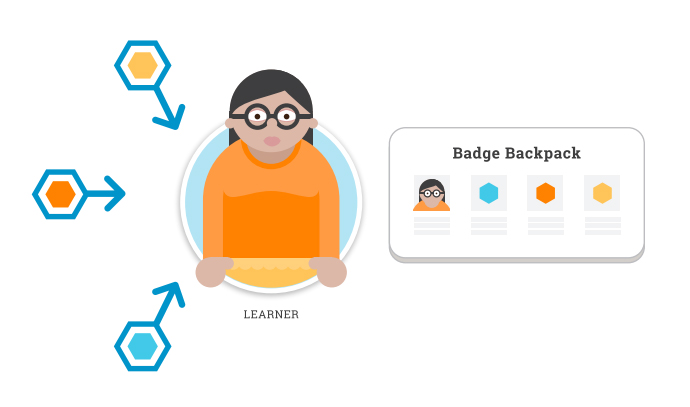
One important note, you want to be careful to not over-award achievements. This is important if you want them to be motivating (worth something). Don’t make them too easy, except in the very beginning to motivate while they’re learning the ropes. They should be more difficult as game play moves forward. Achievements are also good to use for activities that aren’t necessarily exciting. Remember, they should help with motivation! Two areas where achievements could be earned is in completing a task or series of tasks, or in something called “measurement,” or collecting things or being awarded incrementally for good performance. You’ll also want to have “real achievements” that not everyone will get because they have to make an extra effort just to get it.
David Tredwell
This year was my fifth at ECGC, and I’m always excited to see which sessions will inspire, excite, and teach. My favorite session this time was the Keynote, where Mike Laidlaw (Director, Bioware) gave a behind-the-scenes look into the making of Dragon Age: Inquisition. This happened to be a game I burned an embarrassing number of hours on in my free time, and getting to see the challenges the developers faced and the solutions they explored as a team was really fascinating. I found a new appreciation for many of the design decisions they made and attention to oft-neglected aspects of games (building backstory and hints towards future events, if players look close enough).

A surprise session this year for me was Lore: Building a Mythos, given by Jeff Howard (Professor, Dakota State University). I entered this session intrigued by the description, and immediately began sweating bullets when I saw the title screen of his PowerPoint presentation, depicting a scene of hooded, long-robed mysticism and pagan rituals. Erm, what session was this again? As it turns out, Jeff gave an incredible, fascinating look into the role lore plays in storytelling and player engagement. He described plot as a linear chain of links, stepped through sequentially, which is inherently fragile as a form of engagement (you can spoil yourself easily by learning what’s ahead), whereas lore is more like a jigsaw puzzle, with disconnected pieces clicking together to slowly build the larger background picture. In contrast to plot, readers or players are actively encouraged to share theories and insights to collectively finish the puzzle. As examples, he mentioned several books and games with extensively-developed lore, which allowed readers/players to form large communities where the act of sharing hard-earned pieces of background story advanced everyone’s understanding and interpretation of the whole.
I’d be remiss if I didn’t pull out a handful of practical strategies and tips that I can apply immediately to my own work:
- The Challenge Razor – an exercise to come up with a single sentence which helps determine what your project definitively is (and isn’t). This method of reduction allowed a team of hundreds to unify their efforts and make decisions that contributed to a cohesive whole.
- Group Playthroughs – the Bioware teams would occasionally pick a relevant game for everyone to playthrough and then discuss what worked well (or didn’t). This allowed the team to develop a common lexicon for experiences and concepts.
- Rubber Ducky – when working on a project, it’s always useful to get a second pair of eyes and ears to help you when you’re stuck. Sometimes, a person isn’t available, so having a rubber ducky to talk to can force you to verbally explain your thinking and approach, often revealing hidden issues.

Mike Cuales
This year at ECGC, I was impressed by the amount of buzz around virtual reality (VR), augmented reality (AR) and the devices and considerations surrounding this surge of technical innovation. Several of the talks and exhibits I attended touched on various aspects of VR like developing user interfaces for in Unity (way over my head), or what it takes to integrate true 3D or 360 sound. It was great to see demos of the Oculus Rift, but also small startups like David Allen Smith’s Wearality (opens in new window) had a presence and made an impression.
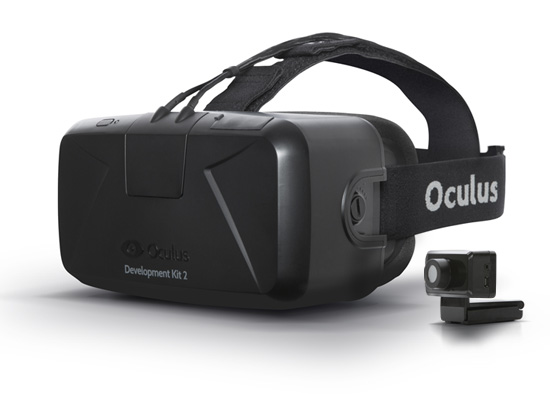
One of my favorite “takeaways” from any conference are the connections with industry professionals, students and innovators that are willing to engage. A few highlights were Lindsay Grace from American University who runs an impressive game lab: http://www.american.edu/gamelab/index.cfm (opens in new window) and Anna MeGill, game writer and contributor to many awesome community efforts: http://www.annamegill.com/ (opens in new window)
Links to Cool Technology:
- Categories:
